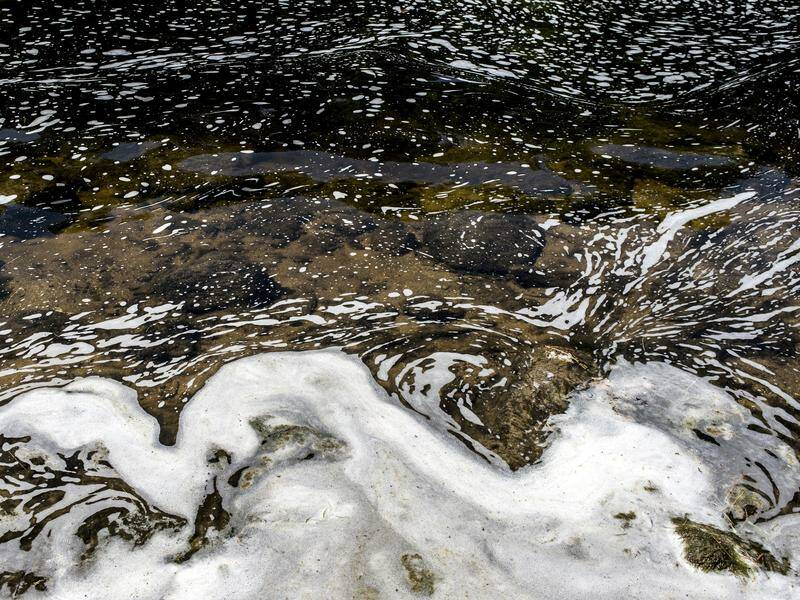
Concerns are escalating across Europe regarding the widespread presence of toxic substances known as PFAS, or perfluoroalkyl and polyfluoroalkyl substances. These chemicals have been detected in blood, food, and water supplies, often at levels deemed unsafe. As a response to these health risks, the European Union is contemplating a comprehensive ban on all PFAS, amid increasing public pressure and emerging scientific evidence.
PFAS encompass a vast group of over 10,000 synthetic chemicals that are notorious for their resistance to breaking down in the environment. Their applications are varied, including in non-stick cookware, food packaging, and waterproof clothing, primarily due to their ability to repel heat, water, and oil. Despite their utility, exposure to PFAS has been linked to numerous health issues, such as liver damage, elevated cholesterol, compromised immune responses, low birth weights, and various cancers.
The European Environment Agency (EEA) conducted an analysis of PFAS levels in the blood of teenagers across nine EU countries. Alarmingly, the study revealed that 14.3 percent of participants had PFAS concentrations exceeding acceptable limits. The figures varied widely, with only 1.3 percent of samples in Spain surpassing safe levels, compared to 23.8 percent in France.
National Responses and Regulations
France has taken a leading role in regulating PFAS, enacting stringent laws that will prohibit the use of these substances in cosmetics, clothing, and ski waxes starting in 2026. A broader ban on PFAS in textiles is set to take effect in 2030.
In Belgium, public outrage intensified in 2023 after a local broadcaster, RTBF, uncovered that warnings regarding PFAS contamination had been overlooked for years. The US military had initially flagged elevated PFAS levels in the water supply of Chièvres in 2017, attributable to firefighting foam containing high PFAS concentrations. In early 2024, extensive blood testing revealed that nearly 1,300 residents across ten municipalities were tested for PFAS exposure.
Italian courts have also acted decisively against PFAS pollution. In June, executives from a chemical plant were sentenced to prison terms of up to 17 years for contaminating water used by hundreds of thousands with PFAS.
The Netherlands has reported concerning findings as well. A nationwide study conducted by the Dutch National Institute for Public Health (RIVM) detected PFAS in all 1,500 blood samples collected, with nearly every case exceeding health-based safety limits.
EU Initiatives and Future Prospects
In 2023, the Netherlands, Denmark, Germany, Norway, and Sweden proposed a blanket ban on all PFAS to the European Chemicals Agency. This proposal is currently under review by EU scientific committees, with a conclusion expected by 2026. The European Commission has indicated it will evaluate a ban on consumer uses, but alternative solutions must be identified for critical industrial applications.
Additionally, the EU is planning to establish a monitoring framework to systematically collect data and identify pollution hotspots related to PFAS.
Not all EU countries are equally affected by PFAS contamination. Slovenia’s national health laboratory reports minimal PFAS contamination due to a lack of heavy industry. Nonetheless, the Slovenian Consumers’ Association discovered PFAS in nearly one-third of everyday products tested, including some items banned in the EU.
Similarly, Bulgaria reported one of the lowest percentages of water bodies exceeding environmental quality standards for PFOS, a specific type of PFAS, in 2022, according to the EEA.
As discussions around a potential ban unfold, the European Union faces the critical challenge of addressing the health and environmental implications posed by PFAS, while balancing the needs of various industries reliant on these substances. The ongoing scrutiny and research are likely to reshape the regulatory landscape in the coming years.






